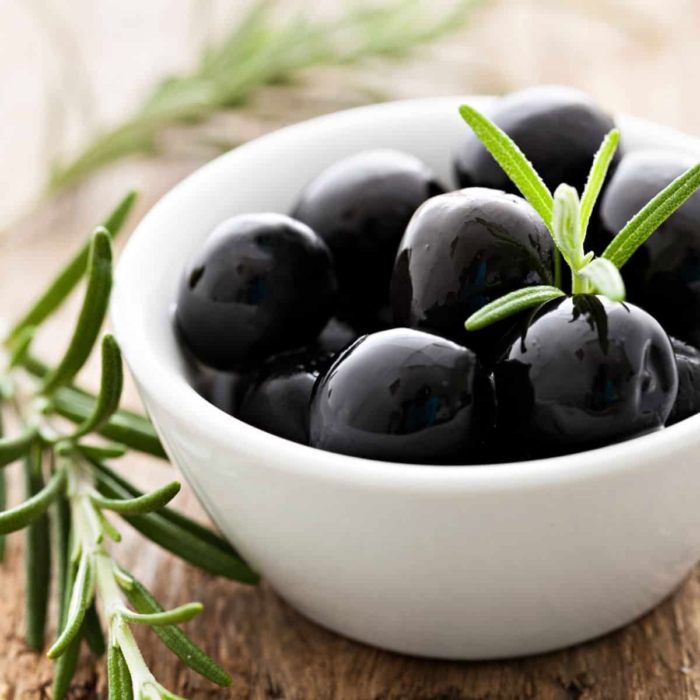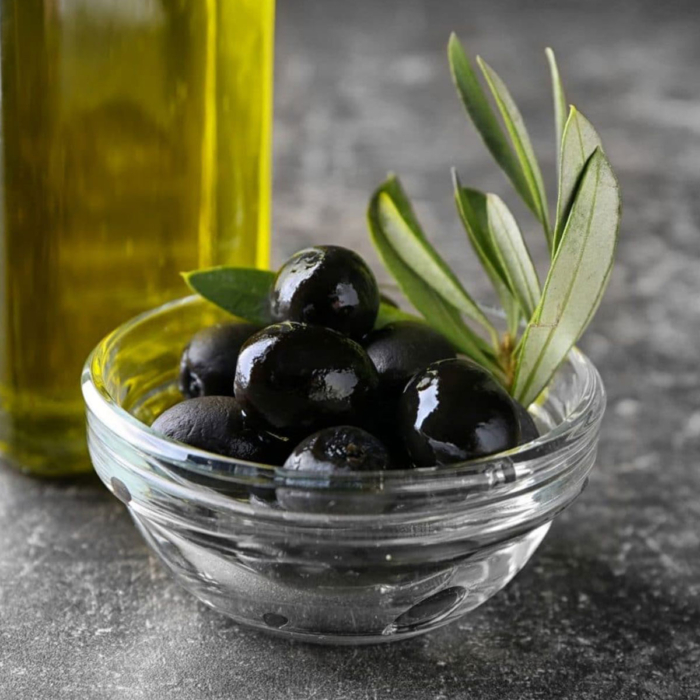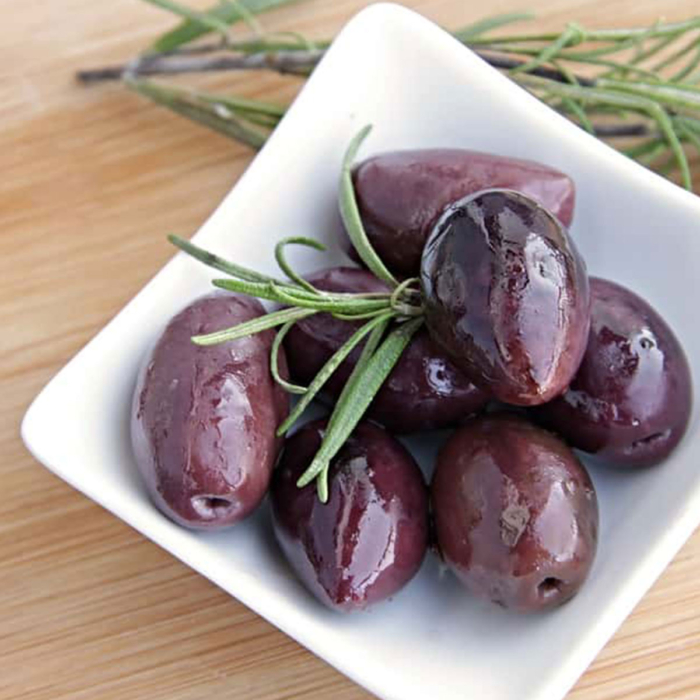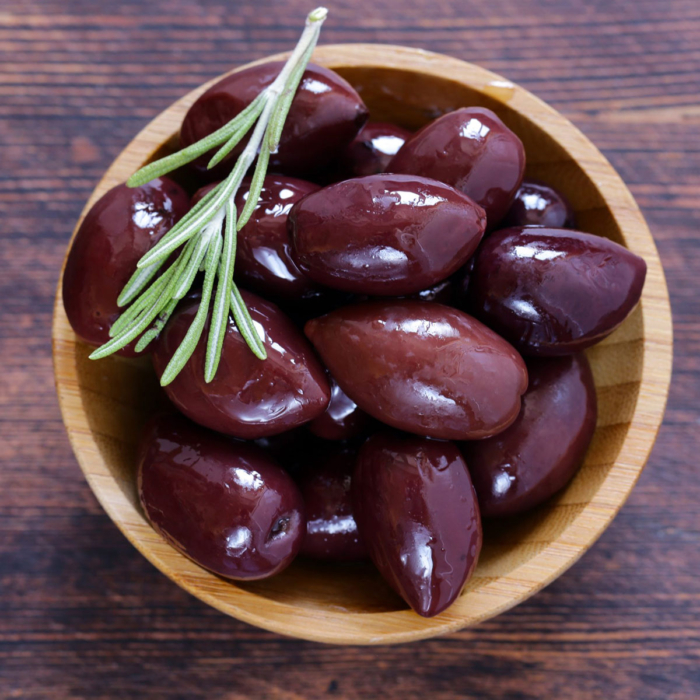Olives are small fruits that grow on olive trees (Olea europaea). They belong to a group of fruit called drupes, or stone fruits, and are related to mangoes, cherries, peaches, almonds, and pistachios. Olives are very high in vitamin E and other powerful antioxidants.
What are origin and history of olives?
Olive cultivation dates back more than 6,000 years and it is still flourishing today, not only in its countries of origin, but now in most areas of the world.
The olive is native to the Mediterranean region, tropical and central Asia and various parts of Africa. The olive has a history almost as long as that of Western civilization, its development being one of civilized man’s first accomplishments. At a site in Spain, carbon-dating has shown olive seed found there to be 8,000 years old. The cultivation of O. europaea may have been initiated independently in both Crete and Syria. Archeological evidence suggests that olives were grown in Crete as long ago as 2,500 B.C. From Crete and Syria olives spread to Greece, Italy and other parts of the Mediterranean area.
How are olives harvested?
Traditionally, picking olives is done by hand, even in commercial groves. Today, more growers use modern machinery to help them harvest the crop. At the lowest end of the spectrum, this may only mean using a long handled, vibrating tong to shake the olives from the branches and onto nets spread out under the tree.
Olives picked off the tree contain a very bitter compound called oleuropein. Harvested olives must be “cured” to remove the bitterness in order to make them palatable. The most common curing processes use brine, dry salt, water, or lye treatments.
How are olives processed?
Because olives are very bitter, they’re not usually eaten fresh. Instead, they’re cured and fermented. This process removes bitter compounds like oleuropein, which are most abundant in unripe olives.
The lowest levels of bitter compounds are found in ripe, black olives.
However, there are some varieties that don’t need processing and can be consumed when fully ripe.
Processing olives may take anywhere from a few days up to a few months depending on the method used. Processing methods often rely on local traditions, which affect the fruit’s taste, color, and texture.
Lactic acid is also important during fermentation. It acts as a natural preservative that protects the olives from harmful bacteria.
Currently, scientists are studying whether fermented olives have probiotic effects. This could lead to improved digestive health.




